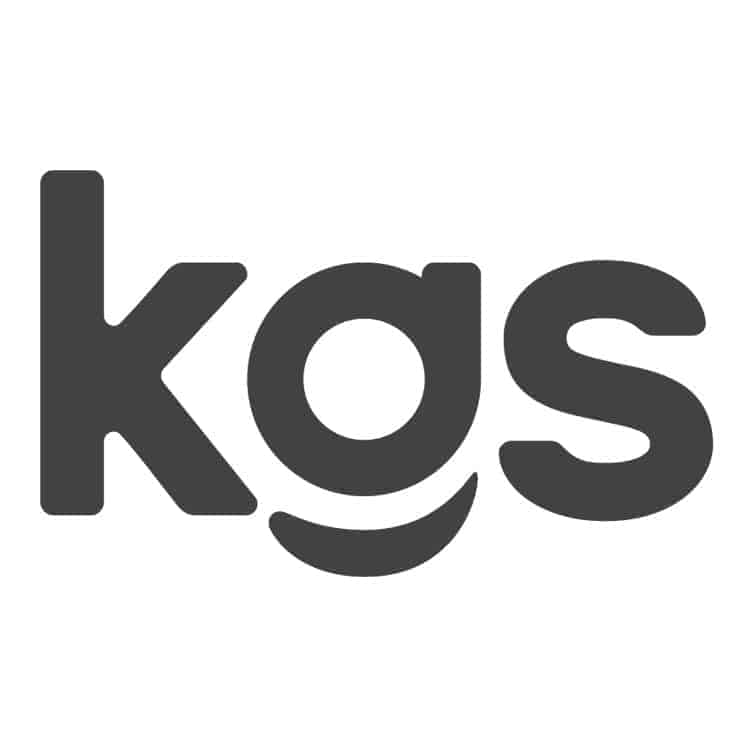

The digital transformation of SAP landscapes is progressing at a rapid pace. The focus is not only on projects related to Rise and the introduction of S/4, but also on the increasing use of cloud applications such as SuccessFactors or Salesforce. This development is leading to hybrid IT structures in which data in different formats is stored on a wide variety of systems. One consequence of this heterogeneity: increased demands on data management, legal compliance and system performance.
Risk: Historical data
Migration projects harbor risks, especially if the affected data has grown historically and its origin is not always plausibly traceable. Current studies show that unstructured or outdated data can significantly increase the complexity of S/4 transformations. According to the IT Transformation Study 2025 conducted by NTT Data Business Solutions and Natuvion in spring 2025, 47 percent of companies say that the poor quality of data is still the biggest burden of transformation.
In a survey, DSAG and IT-Onlinemagazin found that around 50 percent of companies still have the S/4 migration ahead of them. 37% are in the planning phase, while 12% are still postponing the switch to the cloud and have not yet taken any concrete steps. Nevertheless, 40 percent stated that they want to have moved all SAP solutions completely to the private cloud by 2030 - around 20 percent expect to have migrated completely to the public cloud by this date.
These key figures make it clear that the pressure to act, complexity and the dynamics of change are certainly causing companies problems. This makes it all the more important to be guided by best practices or successful blueprints. And it shows that even such an unpopular topic as data and document archiving can be a suitable remedy. This works through targeted archiving in the run-up to a migration. It helps to remove redundant or no longer required data from the active systems without restricting their availability for audit purposes or analyses. This upstream data reduction allows system capacities to be optimized and resources to be used in a more targeted manner.
If we look back at the archiving aspect, we can also look to the future - i.e. after the cloud migration - at SAP's "Harmonized Document Management" concept, which is once again under discussion. HDM was originally introduced to enable standardized document management within S/4 and the Fiori interface. The planned extended concept - also referred to as HDM 2.0 by KGS - is now intended to extend this approach to the entire SAP Business Suite, regardless of the respective app. The core idea is a decoupled integration via a new DMS Advanced Service on the BTP, without vendor lock-in, for the archive solution. The aim is consistent, cross-app and, in the future, AI-capable use of unstructured data in SAP - concrete implementations are still pending. KGS has already held an insight session on the current status of HDM (see QR code, ad, page 2).
In addition to these structural and technical aspects, compliance with legal requirements also plays a role - both with regard to the cloud and archiving. After all, this not only serves to relieve the burden on production systems, but is also subject to international standards, such as retention periods, access rules, etc. Standardized interfaces, which modern archiving solutions also have, help to meet these requirements. In this way, they can be easily integrated into existing systems and IT environments.
The leading interfaces in the ERP and SAP area include SAP ArchiveLink for classic document archiving and SAP ILM, an interface for integrating rule-based storage and deletion processes. Looking to the future, however, CMIS (Content Management Interoperability Services) plays a particularly important role - a vendor-neutral standard for connecting cloud-based storage capacities, which is also supported and recommended by SAP.
Archiving as an introduction
These technical possibilities are the best basis for using an archiving project as an introduction to company consolidation and digitization. After all, archiving is more than just an infrastructure issue - a solid archiving concept offers numerous advantages. Well thought-out archiving not only massively reduces storage and operating costs, but also meets sustainability requirements, as less storage space and therefore less energy is required. In addition, intelligent archiving systems, such as those from KGS Software GmbH, offer transparency across cross-system data streams and ensure compliance, as their processes are traceable down to the last detail.
In addition, centrally orchestrated archiving helps to avoid fragmentation and establish a consistent "single point of truth" - an added value that should not be underestimated, especially in complex SAP landscapes. These different aspects make it clear that archiving is much more than just storing data. It should be seen as an integral part of an IT landscape that is as uniform as possible and can even help to ensure that the transition to the cloud runs as smoothly as possible. Particularly in conjunction with Rise and cloud initiatives, it can become a decisive factor in reducing complexity and increasing agility.
Continue to the partner entry:





